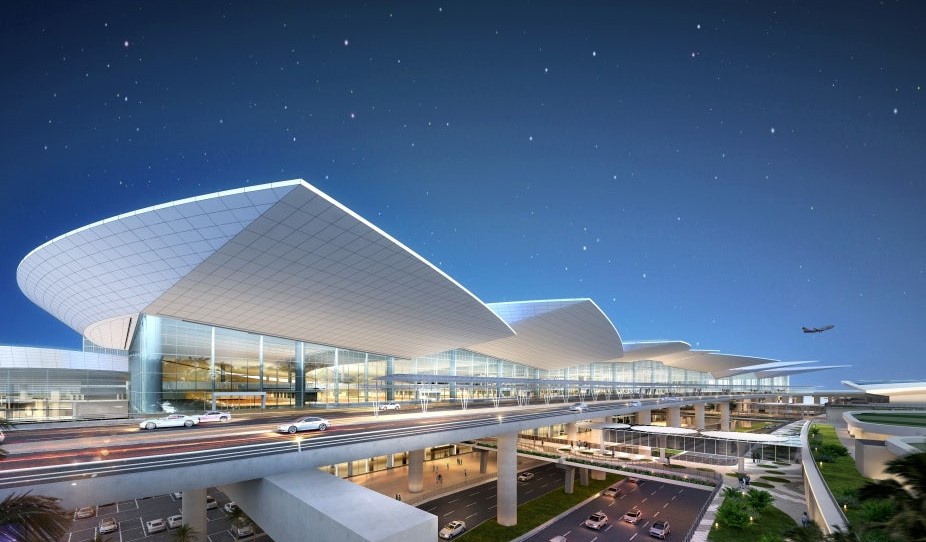The top 10 airports to rest at during layovers

Middle East out of the list
A new study has revealed which airports worldwide offer the best conditions for sleeping during layovers, with Seoul Incheon International Airport emerging as the top choice.
The research, conducted by Onebed, evaluated major airports based on a range of factors critical to ensuring a restful experience for passengers waiting for their next flight. Key elements such as passenger density, the availability of free resting spaces, sleepability ratings from travellers, and the overall size of the airport were all considered in determining each airport’s suitability for a comfortable layover.
The study used a weighted scoring system to assess each airport’s suitability for sleep. The sleepability rating, based on customer reviews, accounted for 40% of the score, while the number of accessible resting areas contributed 25%. Passenger density, calculated by dividing total passenger numbers by airport area, comprised 20%, and total passenger traffic in 2023 was the final factor, accounting for 10%.
Notably, no airport in the oil- and gas-rich Middle East, including the UAE, Qatar, and Saudi Arabia, made the cut – suitability for sleep!

1 South Korea
Seoul Incheon International Airport, located in South Korea, ranked first with a composite score of 86, outshining all other airports. This ranking is due to its exceptional balance of accessible resting areas and a low passenger density of just 3,823 people per acre. Incheon offers eight free resting areas for passengers, making it an ideal location for those needing a peaceful stopover. Its relatively spacious layout ensures passengers can relax without feeling crowded, contributing to a high sleepability rating of 4.3 out of 5.
2 Indonesia
Second place was awarded to Soekarno-Hatta International Airport in Indonesia, which scored 73. The airport provides seven dedicated resting areas, although its higher passenger density of 9,895 passengers per acre and sleep ability rating of 3.2 detract from its overall comfort. Despite these factors, the availability of several resting spaces makes it a decent option for Southeast Asian travellers.
3 Germany
In third place, Frankfurt Airport in Germany earned a score of 69. As one of Europe’s busiest airports, it offers six free resting areas but has a higher passenger density of 10,444 per acre, which slightly impacts the restfulness of its environment. Nevertheless, it remains a solid choice for those passing through Europe and needing a break.
4 USA
Orlando International Airport in the United States placed fourth, with a composite score of 69, driven by an impressive perfect sleepability rating of 5. However, the airport only has one free resting area, which may be limiting for some. Despite this, Orlando’s relatively low passenger density of 4,975 per acre ensures a more comfortable atmosphere for those looking to rest during their layovers.
5 Thailand
Suvarnabhumi Airport in Thailand ranked fifth, with a composite score of 67. The airport offers three resting areas and has a sleep ability rating of 4, which places it among the top airports for comfort in Southeast Asia. Although the passenger density of 6,462 per acre is higher than that of some other airports, its facilities make it a reliable choice for those passing through Bangkok.
6 China
Chengdu Tianfu International Airport, in China, earned the sixth spot with a composite score of 62.8. Notably, it has the lowest passenger density, at 2,266 passengers per acre. Although it offers fewer resting areas than others, its relaxed and spacious atmosphere makes it an appealing option for those needing rest.
7 China
Beijing Capital International Airport, also in China, scored 62.8, ranking seventh. With five free resting areas, Beijing’s higher passenger density of 14,292 per acre results in a busier and less restful environment. Nevertheless, it remains a popular stopover point for international travellers.
8 Canada
Toronto Pearson International Airport in Canada was ranked eighth with a composite score 61. The airport has two accessible resting areas and a moderate passenger density of 9,703 per acre, offering a quieter and more relaxed atmosphere for travellers throughout North America.
9 Turkey
Istanbul Airport in Turkey, ranked ninth with a score of 59, is another significant hub. Although it offers three free resting areas, the sleep ability rating of 3.1 and a passenger density of 4,016 per acre mean it is not as restful as some higher-ranking airports. Still, it provides a solid option for passengers needing a break during long layovers.
10 Netherlands
Finally, Amsterdam Schiphol Airport in the Netherlands secured tenth place with a composite score of 58. The airport is a major European transit hub offering five accessible resting areas. However, its higher passenger density of 8,986 per acre makes it less ideal for relaxation than airports like Incheon or Chengdu.
Dylan Tollemache, co-founder and CEO of Onebed, noted that many airports, such as Incheon and Chengdu, have made significant efforts to create restful environments, offering dedicated nap areas or ensuring low passenger density to give travellers a more relaxing experience.
He added that this focus on creating “a truly relaxing experience” during travel is becoming increasingly crucial to passengers looking for relief from long waits or delays.
Featured image: Passengers on layovers invariably seek quiet rest areas in the airports they are transiting through. Credit: Anna Shvets












